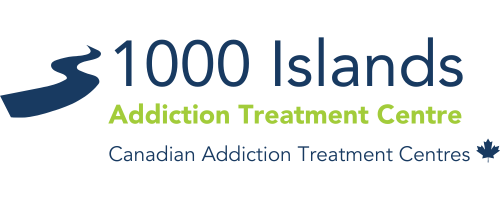
Prescription Painkiller
Canada is currently ranked 2nd for the world’s biggest consumers of pharmaceutical opioids. Despite the fact that the country is experiencing some of its worst numbers for opioid abuse and overdoses, the number of painkiller prescriptions continue to increase.
Ironically, another number that continues to increase is the number of therapies meant to treat dependency.
Prescription painkiller addiction in Canada is on the rise, and it’s not really a surprise—there were approximately 19 million prescriptions dispensed to Canadians in the year 2016. This number has increased from the year prior, when nearly 18.9 prescriptions were handed out.
Even as the country continues to struggle with addiction, painkiller prescriptions have climbed 6% in the last 5 years.
What is the problem?
Prescription painkiller use in Canada can be blamed by over prescribing, with far too many doctors abusing their powers. Patients continue to be sent away with more orders for painkillers, opening up brand new opportunities for painkiller abuse and addiction with each new client.
An increased number of deaths have occurred in the last few years, a result of both accessibility to these painkillers, as well as the introduction of the opioid known as fentanyl.
Although the provinces are more than aware of the growing issue, all provinces have failed to make changes to their prescription requirements. Not only are doctors sending away clients with unnecessary prescriptions, but they’re also helping the drug market to thrive.
Drugs such as Oxycodone and fentanyl are booming markets, both legally and illegally. Attempts to try and educate doctors on the dangers of overprescribing are falling on deaf ears; the easy solution is far too attractive than the alternatives.
Related article: Tips to Help You Prevent a Prescription Drug Addiction
Opioid Epidemic
Patients who were being treated with drugs for opioid addiction have grown exponentially in the last few years. In 2013, more than 40,000 Ontario citizens were prescribed drugs for their addiction. By 2016, the number had reached almost 60,000.
As doctors continue to carelessly prescribe these addictive drugs, more and more clients are becoming dependent on them. Instead of going to their doctor for more inventory, clients turn to the illegal drug trade to get fixes that are cheaper. As time goes on, clients require larger doses to maintain their high, which only helps to improve the success of the illegal drug trade further.
In an effort to reduce prescription painkiller use in Canada, the U.S Centers for Disease Control and Prevention updated their guidelines in 2016. The goal of the updated version was to educate doctors about the epidemic, and to urge them to consider drug-free methods for their clients before they turned to painkillers.
For some doctors who are newer to the profession, their struggle is with clients who have already been using prescription painkillers by means of their retired physicians. To counteract these clients, doctors are encouraged to avoid this tactic with new clients.
More than 2,800 Canadians died from prescription painkillers and fentanyl overdoses in 2016; that’s an average of eight deaths per day. British Columbia suffered the highest number of opioid-related deaths in 2016, while Ontario suffered the highest number of opioid-related hospitalizations.
Prescription painkiller use in Canada is a very serious problem; for those clients who have the option to obtain prescription painkillers, it is suggested that they request other options for treatment whenever possible. Contact 1000 Islands Addiction Rehab & Treatment Centre for addiction treatment programs.
Related article: Why do People Get Addicted to Prescription Drugs


